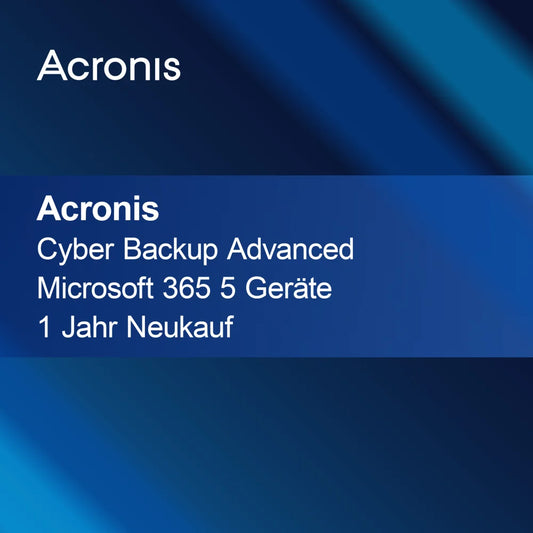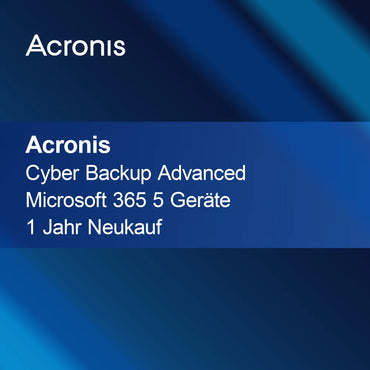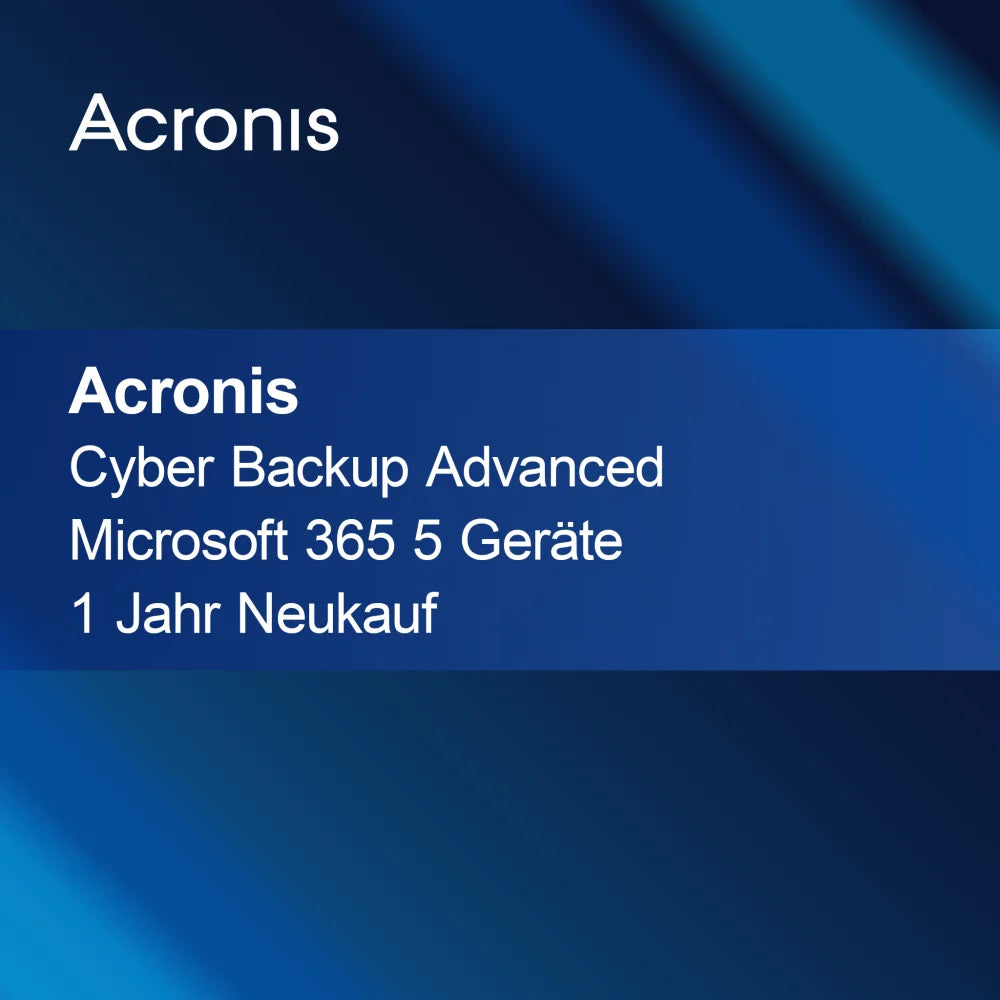No products found
Use fewer filters or remove all
Mindmaps
Are mindmaps suitable for me?
Mind maps are an effective method for visualizing ideas and information. They help structure complex topics and promote creative thinking. Whether for studying, project planning, or organizing thoughts – mind maps can be useful in many areas. If you are looking for a clear and flexible way to organize your thoughts, using mind maps could be beneficial for you.
What are the advantages of mindmaps?
Mind maps offer numerous benefits, including promoting creative thinking and improving memory performance. They allow information to be visually represented, which facilitates understanding and recall. Additionally, they can help recognize connections between different ideas and clarify the structure of projects or topics. This method is especially helpful for gathering and organizing thoughts.
How do I create a mind map?
To create a mind map, start with a central topic in the middle of a sheet or a digital platform. From there, draw branches representing subtopics or related ideas. Use colors, images, and symbols to make the mind map more appealing and memorable. There are also various software solutions that can help you create mind maps if you prefer digital tools.
In which areas can I use mind maps?
Mind maps can be used in many areas, including education, project management, brainstorming, and personal development. They are useful for learning new concepts, planning presentations, or organizing information for reports. In teams, mind maps can also be used for idea generation and structuring discussions to promote collaboration.
- Visualizing ideas and concepts
- Structuring projects and tasks
- Promoting creative thinking and problem solving
Is there special software for mind maps?
Yes, there are various software solutions and apps specifically designed for creating mind maps. These tools often offer features like drag-and-drop, templates, and the ability to share mind maps with others. Some popular programs are XMind, MindMeister, and FreeMind. The choice of the right software depends on your individual needs and preferences.
How do mind maps differ from other note-taking methods?
Mind maps differ from traditional note-taking methods through their visual structure. While conventional notes are often linear, mind maps allow a non-linear arrangement of information. This promotes creative thinking and helps to better recognize connections between ideas. Additionally, mind maps are often more engaging and memorable, which facilitates information processing.
What tips are there for effective mind maps?
To create effective mind maps, you should use clear and concise terms and incorporate colors and images to increase visual appeal. Keep the structure simple and clear to ensure readability. It can also be helpful to regularly review and update to ensure the mind map remains relevant and integrates new ideas.














